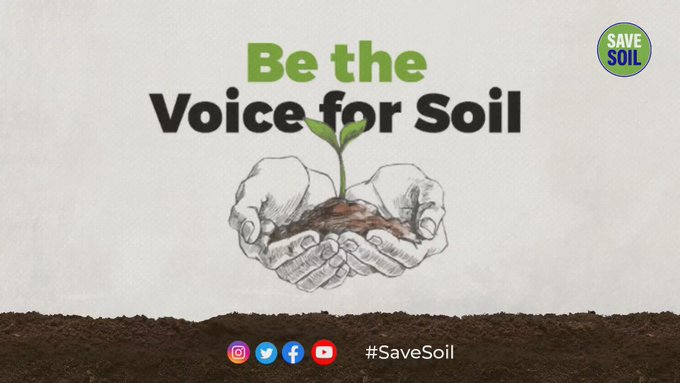Over 10 years ago, a study on nutrients in food concluded that we would have to eat 8 oranges to get the same amount of Vitamin A as our grandparents did with one orange. Do you have time to eat 8 oranges with your breakfast? Neither do we, and this might be the least of our worries. What is even more disturbing is that 10 years on, things have only gotten worse.
Soil degradation, at its current level, negatively impacts 3.2 billion people around the world (UNCCD, 2019). The huge drop in nutrients that we are seeing in our food is due to this crisis – which could be summarized as the rapid depletion of organic content in soil.
Simply put, without a sufficient level of soil organic content, nutritious produce will not grow. If you remove all organic content from soil, it becomes unfertile sand. Conversely, adding organic content even to dry sand will improve its fertility.
Soil is dying. Across the world, 52% of agricultural soil is already degraded (UNCCD, 2020). The United Nations Food and Agriculture Organisation says we may have only 60 years of agriculture left if soil degradation continues. A global food crisis would become inevitable.
In the USA, where its estimated that 50% of the nation’s topsoil has already been lost to degradation, 45% of people are magnesium deficient – a condition linked to hypertension, diabetes and neurological disorders. Magnesium deficiency results from various factors, including nutrient depletion in vegetables due to soil depletion (Nutrients, 2018). This is a crisis already affecting all of us – it’s estimated that 13% of the Polish population already lives on degraded land.
Beyond the nutritional concerns, Soil degradation also causes a loss of $235 billion to $577 billion in crop productivity every year (IPBES, 2019). Researchers have also found that childhood exposure to microbes in soil and outdoors is linked to a more robust immune system (Quartz, 2017). In many ways, healthy soil means a thriving and healthy society. But the soil is dying.
What is the solution?
There is a common consensus amongst experts that increasing soil organic content is the only way to reverse soil degradation and prevent soil extinction. The tricky part is to garner enough public support to do this on a scale that is large enough to have a meaningful impact. It is encouraging that apart from scientists and environmentalists, many influential people are beginning to stand up for this cause.
The loudest of these voices today is Sadhguru – a Yogi, visionary and a two-time New York Times bestselling author.
The Save Soil movement
Sadhguru has launched several initiatives over the years, which are powerful examples of bringing together all segments of society to create lasting, sustainable solutions for ecological and social issues. These initiatives have garnered the support of millions of people, as well as governments, global bodies, grassroots organizations and eminent public figures.
In 2017, Sadhguru launched Rally for Rivers to raise awareness about India’s dying rivers. Supported by 162 million people, it is the largest ecological movement of its kind. It was also included as part of the UN Climate Action Compendium of Nature-based Solutions. Subsequently, Sadhguru initiated Cauvery Calling as an action-oriented, on-ground movement to support farmers to plant 242,000 trees to revitalize river Cauvery. The project has helped 125,000 farmers transition to tree-based agriculture and facilitated the planting of 62 million saplings.
The Save Soil movement aims to take the proven model of mass citizen participation that Sadhguru has pioneered, to a global level. The movement aims to address the soil crisis by bringing together 3.5 billion people from around the world (60% of the world’s voting population) to stand up for Soil Health, and support leaders of all nations to institute national policies toward increasing the organic content in cultivable Soil.
To kick-start the movement, on 21 March 2022, as a lone motorcyclist, Sadhguru embarked on a formidable 100-day journey across 30,000 km from London to southern India – crossing 27 countries to meet experts, influencers, the public and policy makers to address soil extinction. By its end on 21 June 2022, Sadhguru’s journey had reached 3.91 billion people and inspired 80 nations to support Save Soil.
Uniquely, the Save Soil movement is adopting an inclusive approach, and is not positioned against any person, practice, organization or industry. The straight-forward focus on increasing the organic content in soil to 3-6% can be achieved in a variety of ways, with perhaps the simplest being increasing green-cover.
The Save Soil movement is supported by the United Nations Environment Programme, United Nations Convention to Combat Desertification, World Food Programme, United Nations Food and Agriculture Organisation, International Union for Conservation of Nature, and the Vatican.
For more information on Save Soil, Sadhguru’s journey, and how you can support, please visit SaveSoil.org






